Deep diving can be physically demanding, especially when covering long distances or reaching significant depths. Divers often face fatigue and limited mobility. Diver Propulsion Vehicles (DPVs) address these challenges by providing efficient propulsion, allowing divers to explore deeper and more remote areas with less effort.
Devices like the Asiwo U1 enhance dive performance, improve safety, and open up new exploration possibilities. This article explores the key benefits of using DPVs during deep dives.
What is a Diver Propulsion Vehicle (DPV)?
A Diver Propulsion Vehicle (DPV) is an underwater scooter that propels a diver through the water, reducing the physical effort required to swim. By assisting with propulsion, DPVs help divers cover longer distances, conserve energy, and navigate challenging underwater environments.
High-performance DPVs are essential for deep-water exploration, enabling divers to access remote locations and extend their range and depth.
Key Benefits of Using a DPV for Deep Diving
Enhanced Efficiency and Reduced Physical Strain
DPVs reduce the amount of energy needed to swim, allowing divers to conserve their strength. This is crucial for covering large distances or navigating strong underwater currents. The added propulsion helps divers extend their range and continue exploring without tiring.
By easing physical effort, divers can focus on their surroundings rather than on the strain of swimming, improving overall dive efficiency.
Extended Range and Depth Access
Deep dives often require divers to travel significant distances. A DPV increases the range that can be covered, enabling divers to reach remote locations or sites far from the entry point. This is particularly useful for exploring underwater caves, wrecks, or other hard-to-reach environments.
DPVs also provide the necessary propulsion for diving to greater depths, facilitating exploration in areas beyond typical recreational limits.

Increased Dive Duration
DPVs allow divers to stay underwater for longer periods without the risk of fatigue. Since less energy is spent swimming, divers can extend their dive times. This is especially important for scientific research or photography, where extended exploration is often needed.
With reduced physical effort, divers can remain submerged longer, making the most of their time underwater.
Improved Navigation in Challenging Environments
In low-visibility or current-heavy environments, navigating can be challenging. DPVs help improve control and maneuverability, allowing divers to navigate tight spaces, caves, or wrecks with greater precision. This added stability is crucial for safe and effective exploration.
The enhanced navigation features of DPVs reduce the risk of disorientation and help divers maintain their path through complex underwater terrains.
Safer Deep-Water Exploration
As divers go deeper, they face increased risks like nitrogen narcosis and decompression sickness. DPVs reduce physical strain, which helps divers maintain better control over their dive plans. The ability to conserve energy means divers can focus on safety protocols, such as decompression stops, to ensure a safe ascent.
By reducing fatigue, divers are able to manage these risks more effectively and ensure a safer dive experience.
Access to Remote Locations
Deep-water environments often involve exploring remote, inaccessible locations. DPVs help divers reach these areas more efficiently, whether it's a distant reef or an isolated wreck. The propulsion system enables divers to travel further with less effort, opening up new opportunities for exploration.
This increased access is invaluable for divers conducting research, documenting marine life, or discovering new underwater landscapes.
Sustainable and Environmentally Friendly Design
Modern DPVs are energy-efficient, reducing their environmental impact. They require less power to move through the water, which makes them a more sustainable option for underwater exploration. DPVs also minimize disturbance to marine ecosystems, such as coral reefs, by ensuring smoother and more controlled movement.
These environmentally-conscious features help protect delicate underwater habitats while improving dive performance.
FAQs
What is the primary benefit of using a Diver Propulsion Vehicle (DPV)?
The main benefit is reduced physical effort. A DPV helps divers move efficiently through the water, conserving energy and allowing for longer dives.
How deep can a DPV be used?
Most modern DPVs can be used at depths of up to 50 meters (164 feet), making them suitable for deep-water dives.
How does a DPV improve dive safety?
By reducing physical strain, DPVs allow divers to focus on safety protocols, such as decompression stops and ascent rates, reducing the risk of dive-related accidents.
Can DPVs be used in low-visibility environments?
Yes, DPVs provide stability and control, making it easier for divers to navigate challenging environments, such as caves or wrecks, where visibility is poor.
How does a DPV affect the environment?
DPVs are energy-efficient and designed to minimize disturbance to marine environments, helping protect fragile ecosystems while providing an efficient propulsion system.
Conclusion
DPVs are a game-changer for deep-water exploration. By reducing fatigue, extending dive duration, and improving safety, these devices enhance the overall diving experience. Whether you’re exploring wrecks, caves, or remote marine environments, a DPV makes it easier to navigate and discover new underwater locations.
Featured Articles:
- Diver Propulsion Vehicle Recommendations for Larger Divers
- Diver Propulsion Vehicle vs SUP Electric Motor: What’s Right for You?
- ASIWO U1 Diver Propulsion Vehicle: Enhance Your Water Adventures
- Open Water Diving Diver Propulsion Vehicle Recommendations
- Diver Propulsion Vehicle Recommendations: What’s Best for Your Dive Type?
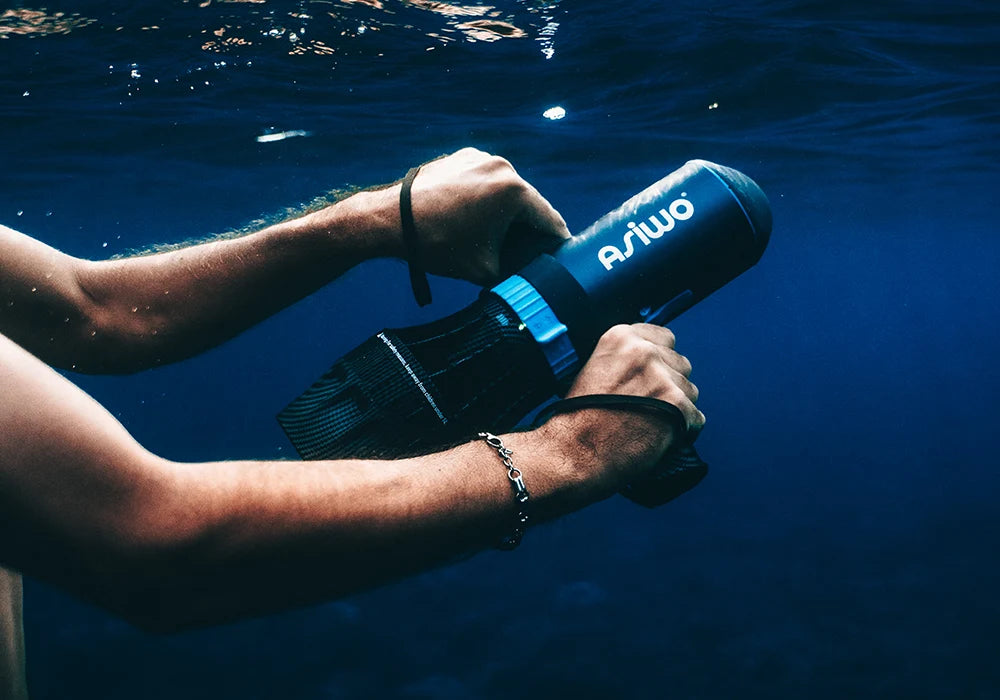




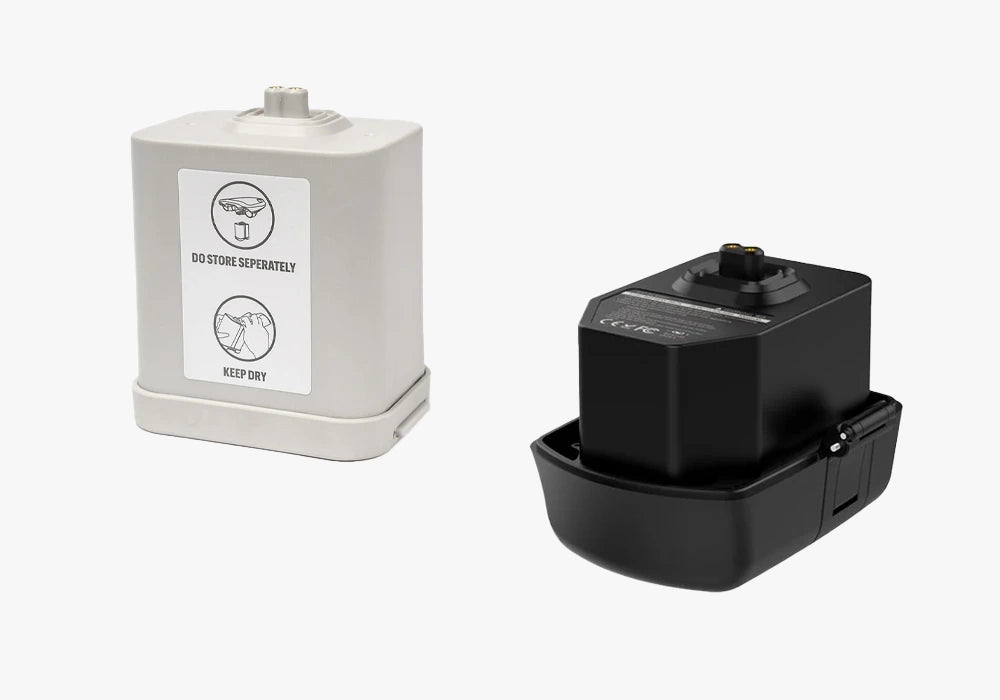




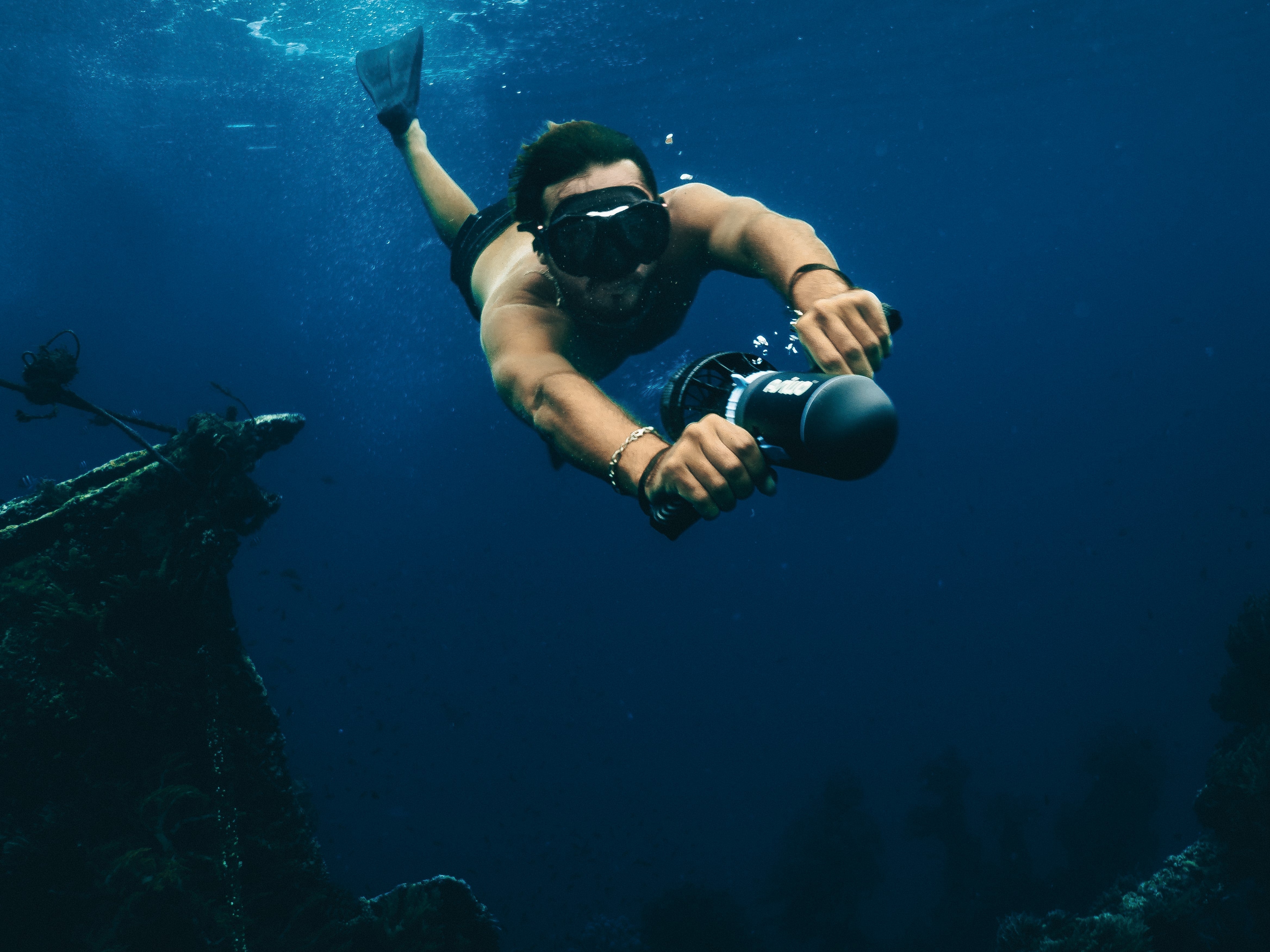
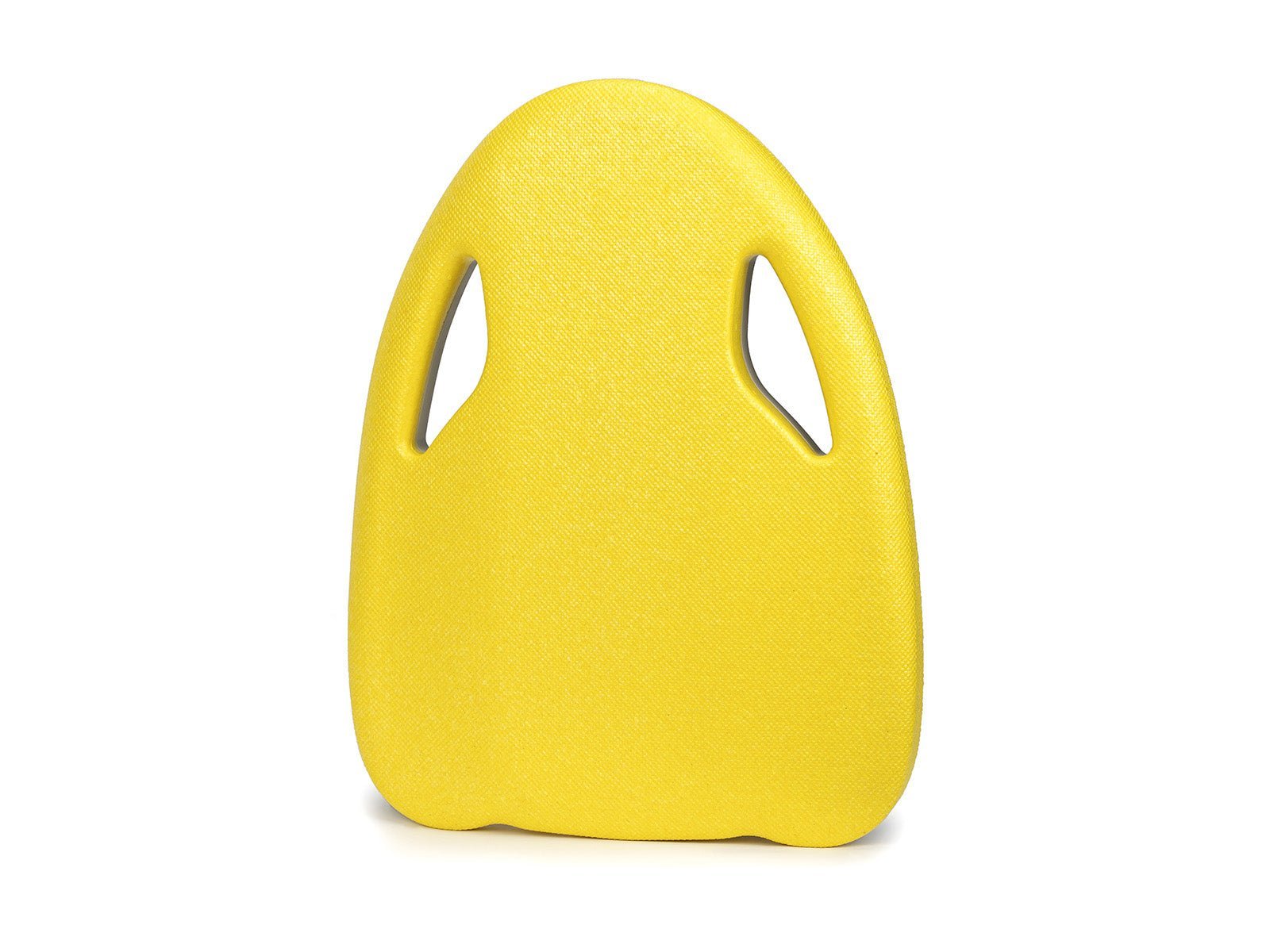
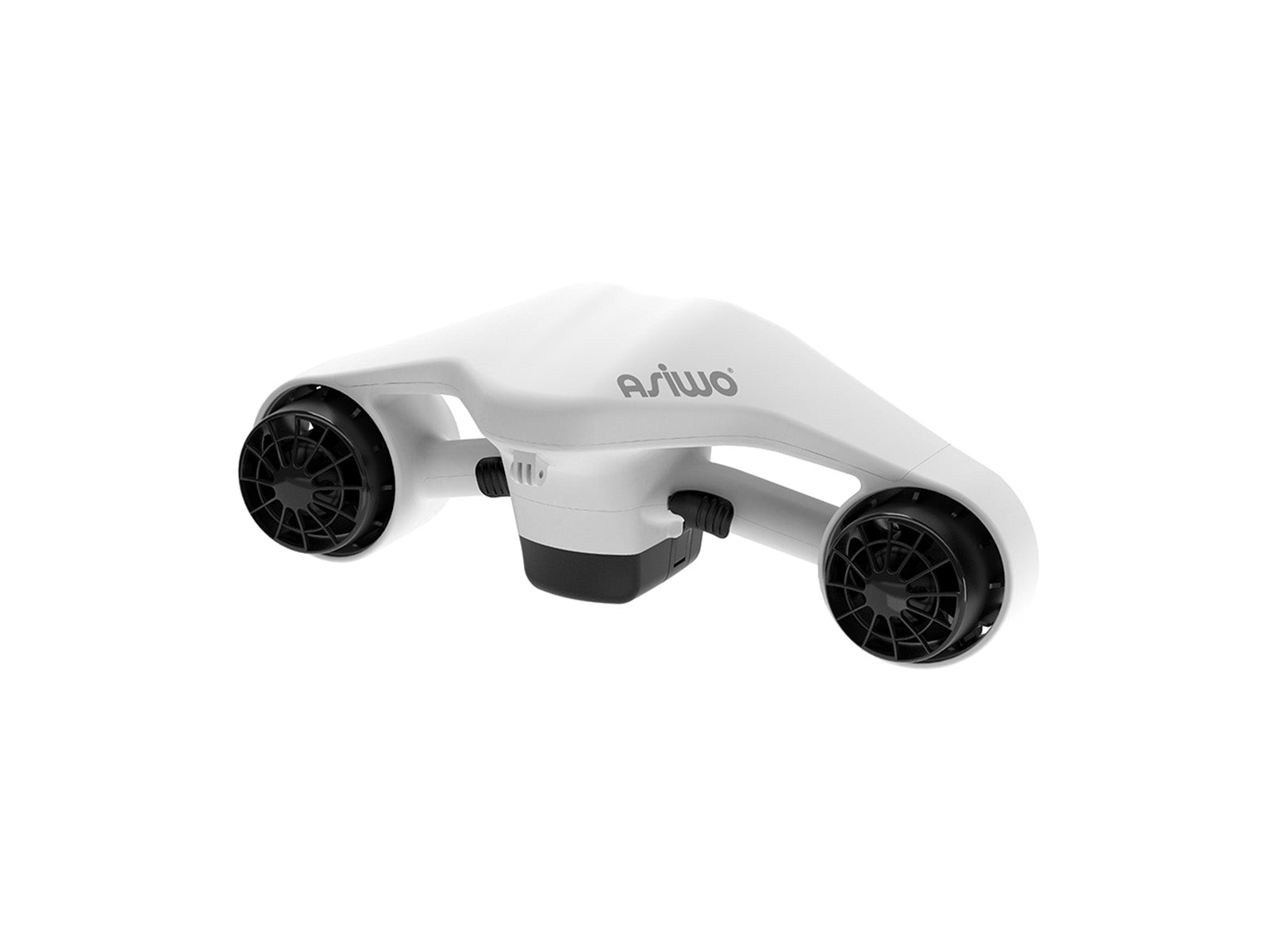
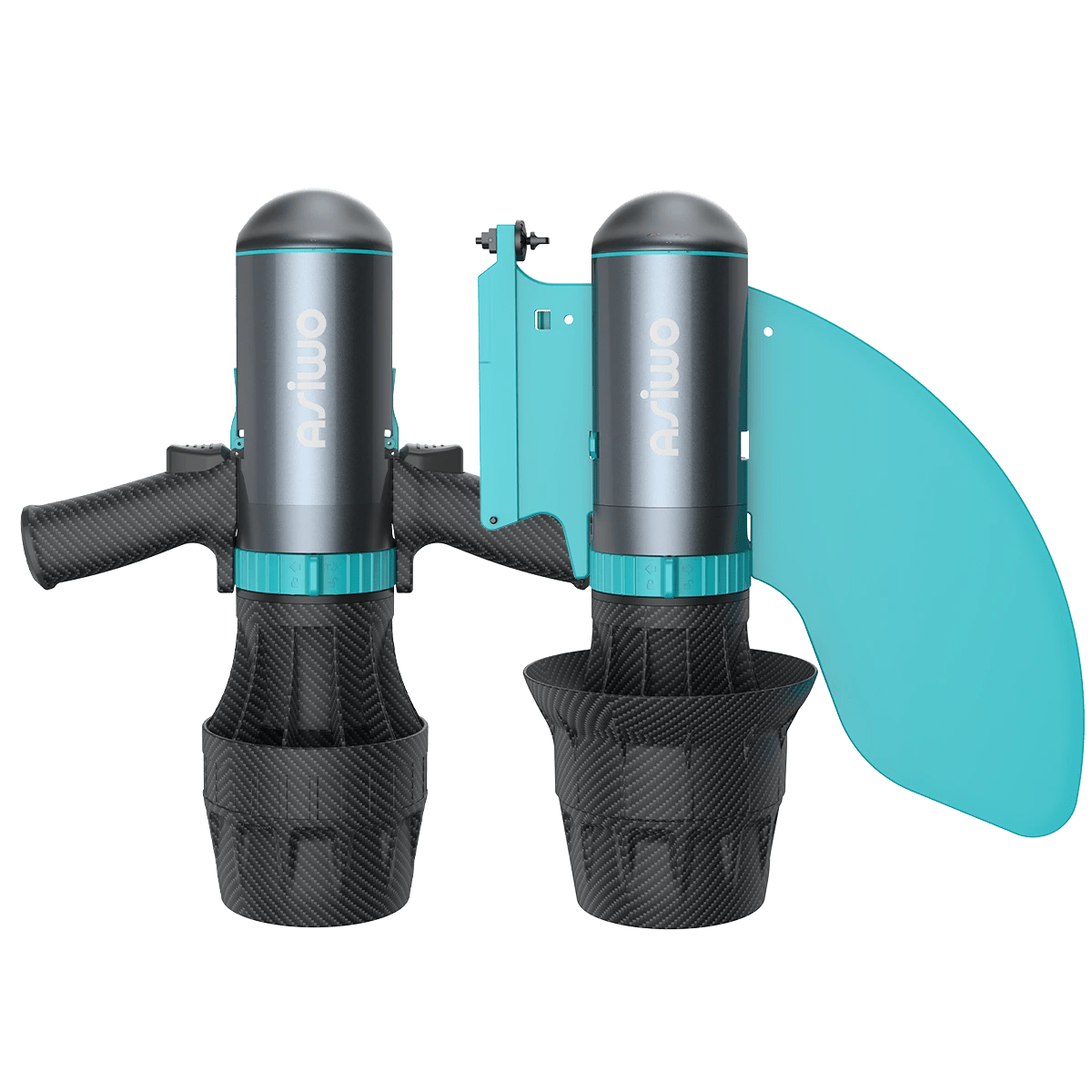




Dejar un comentario